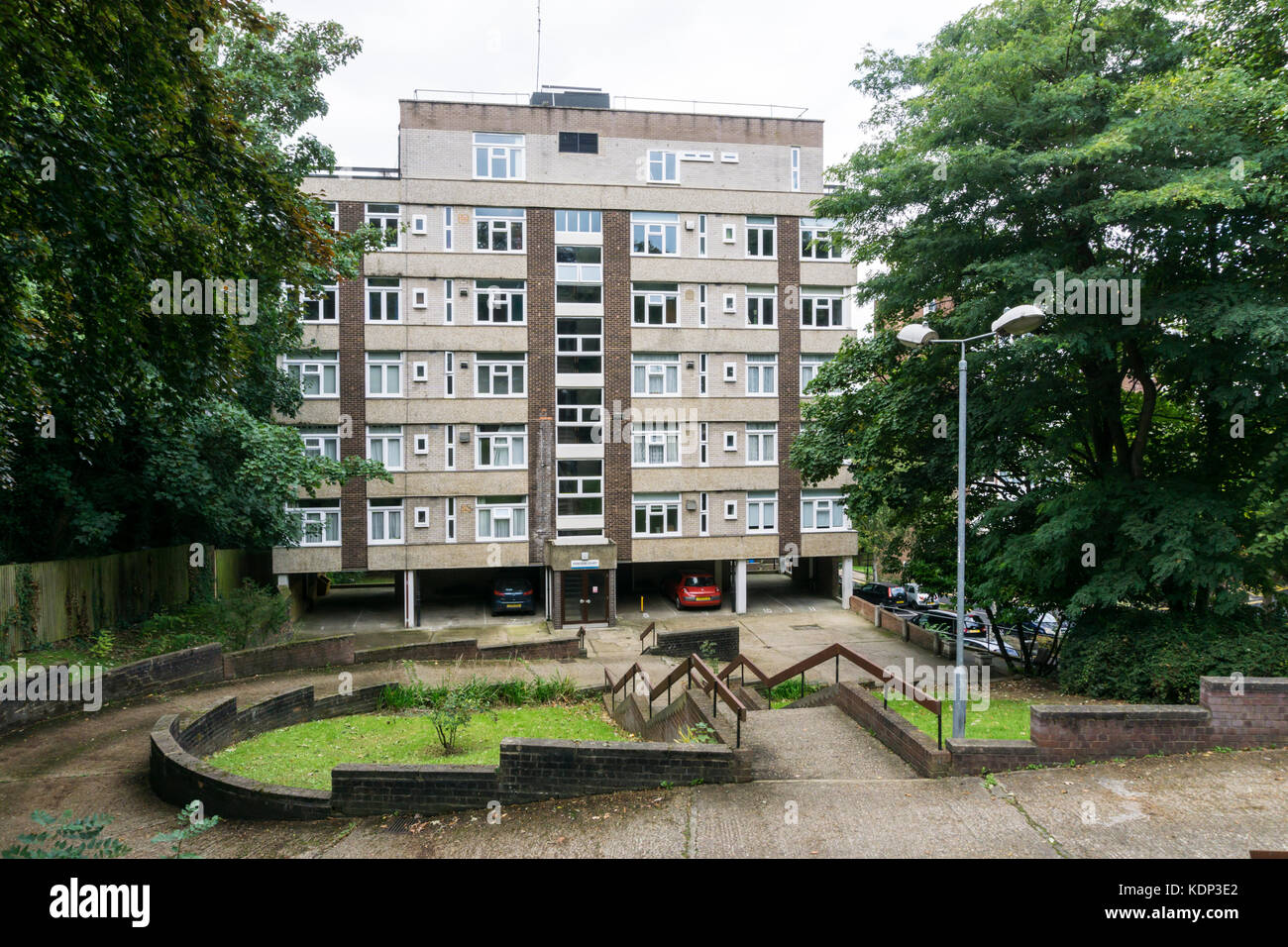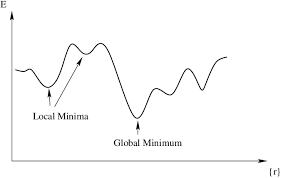24
Hello Urbanist Hive Mind,
I'm interested in designs that build on flood plains. I often seen the solution being (sacrificial) parking garages on the ground floor of flats.
It got me thinking what uses of that space have people seen that is useful from an urbanist perspective (i.e. not car parking).
What have people seen that works well? Maybe with the climate crisis we should avoid building on them at all?



Took me a while to dig out my copy but very much not. The next sections of the diary are: